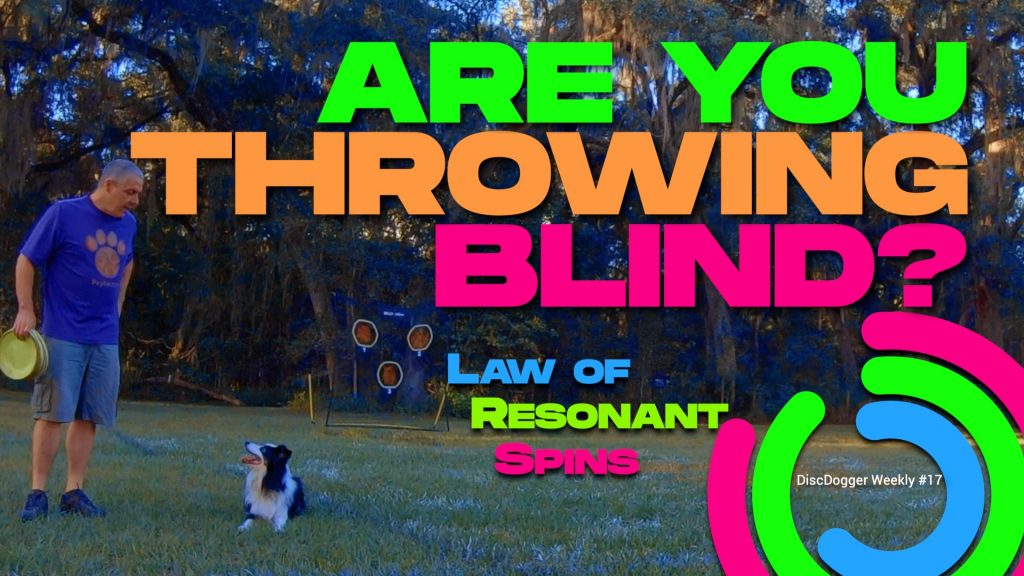
Are You Throwing Blind to Your Disc Dog?
A blind toss is a throw where either the dog cannot see the release or the handler cannot see the dog at the time of release. Blind tosses can be of benefit on the judges card or they can be looked at as handling or routine building mistakes, depending upon the judge and the performance of the skill. Regardless of the scoring implications understanding the nature of blind throws is important to all disc dog teams for both freestyle and games.
Law of Resonant Spins
The Law of Resonant Spins is one of the 13 Laws of DiscDog Flatwork. Clockwise throws go clock and counter throws go counter. If the directions don’t match then the throw will be blind.
All throws have a spin Spins and Twists are tricks where the dog spins 360 degrees in a clockwise or counter clockwise fashion. Spin is clockwise and Twist is counter clockwise so it is important to have a... More direction: clock or counter. The Backhand
Spins and Twists are tricks where the dog spins 360 degrees in a clockwise or counter clockwise fashion. Spin is clockwise and Twist is counter clockwise so it is important to have a... More direction: clock or counter. The Backhand The Backhand toss is the traditional disc throw. While it might not be the easiest throw of them all, it is the easiest to throw a hundred yards, and it is the easiest... More and Push throws both spin clock, and the SideArm and Overhand Wrist Flip spin counter. You might want to explore this aspect of throwing with all of your throws…
The Backhand toss is the traditional disc throw. While it might not be the easiest throw of them all, it is the easiest to throw a hundred yards, and it is the easiest... More and Push throws both spin clock, and the SideArm and Overhand Wrist Flip spin counter. You might want to explore this aspect of throwing with all of your throws…
If your dog is moving clockwise (from the handler’s left to right) then a Backhand will be visible:
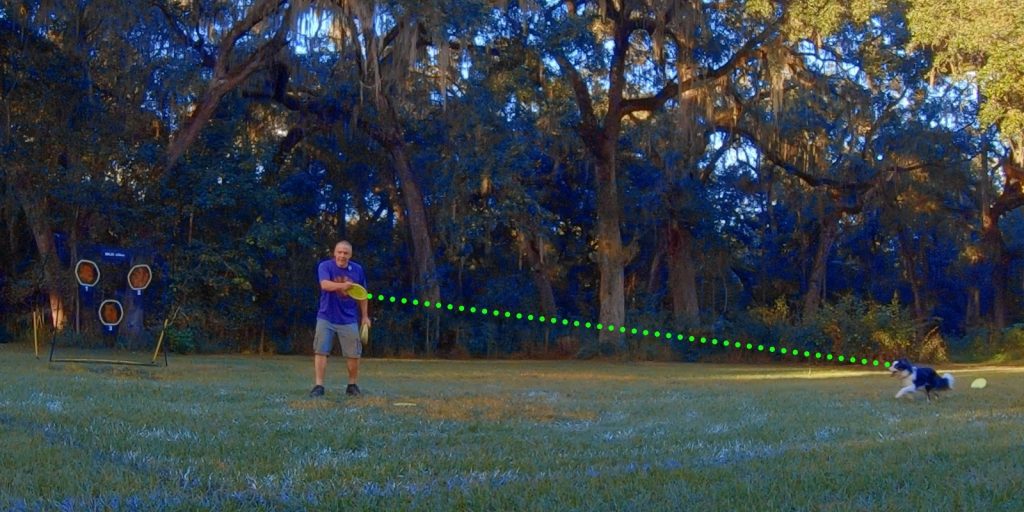
If the dog is moving counter then a SideArm or Overhand Wrist Flip will be visible:
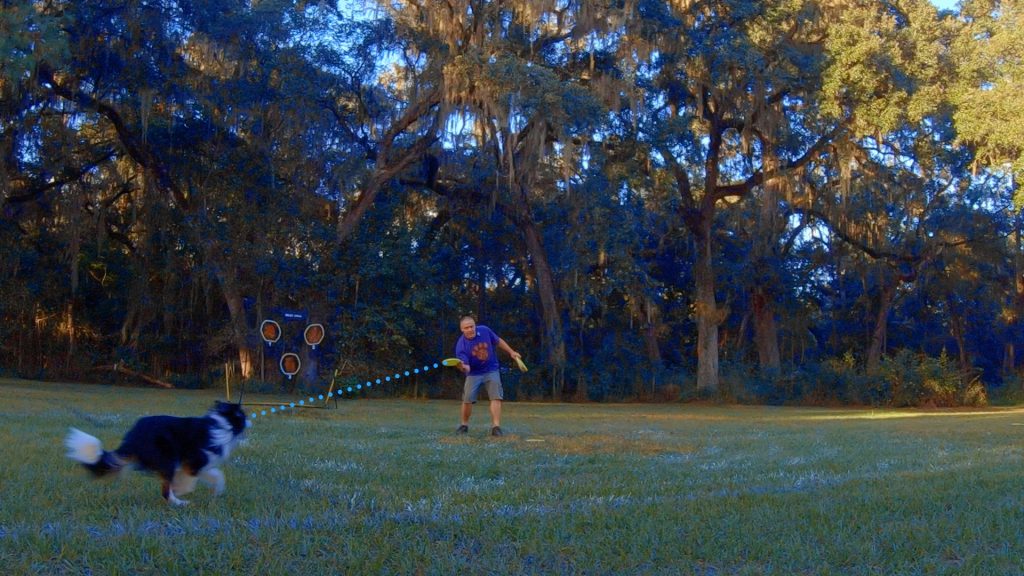
As long as the spin of the throw resonates with the direction the dog is moving, the throw will be visible to the dog at the time of release. When the dog can see the disc from the handler’s hand, the odds of making the catch jump up markedly.
Blind Tosses
If the spin of the throw does not match the dog’s direction, then the throw will be blind. This is a basic law of Flatwork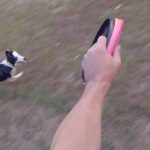 Flatwork is the stuff that happens between the catches. How the team moves and transitions, often without the disc, is flatwork. Flatwork concepts in disc dog are taken from the agility and herding... More. Some throws will be more blind than others, sometimes the handler can see the dog and sometimes the dog can see the disc, but rarely will both happen at the same time.
Flatwork is the stuff that happens between the catches. How the team moves and transitions, often without the disc, is flatwork. Flatwork concepts in disc dog are taken from the agility and herding... More. Some throws will be more blind than others, sometimes the handler can see the dog and sometimes the dog can see the disc, but rarely will both happen at the same time.

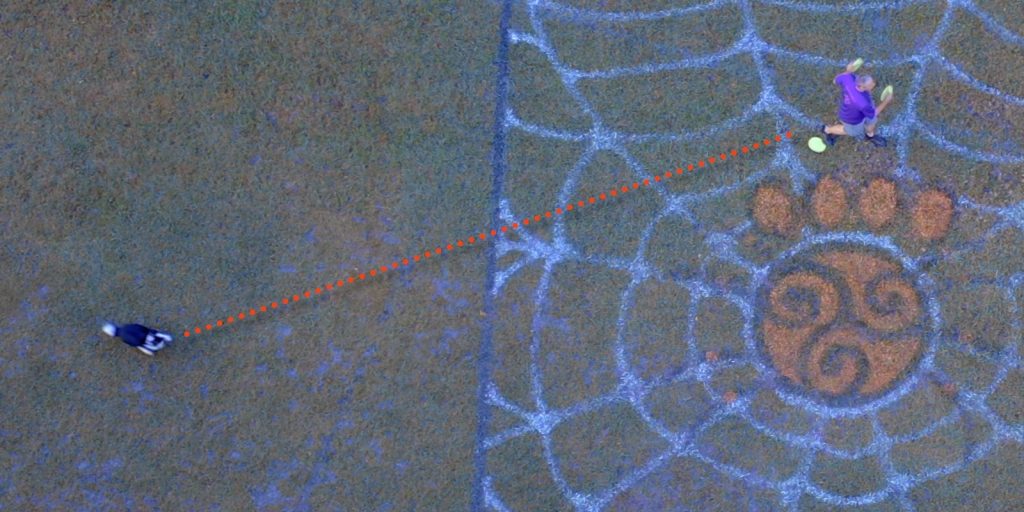
The Bane of Games
The Blind Toss A Blind Toss is a throw that starts with the dog being unable to see the disc, the human unable to see the dog or the target, or the dog and handler unable... More is the bane of games. It is a frequent recipe for disaster. Short, precise throws can be real trouble if they are made blindly. The dog doesn’t have time to make the catch and the handler doesn’t have the visibility to read the dog and make a good throw.
A Blind Toss is a throw that starts with the dog being unable to see the disc, the human unable to see the dog or the target, or the dog and handler unable... More is the bane of games. It is a frequent recipe for disaster. Short, precise throws can be real trouble if they are made blindly. The dog doesn’t have time to make the catch and the handler doesn’t have the visibility to read the dog and make a good throw.
This is not to say that you can’t make blind tosses in games, they can often be a good move or the only throw possible, but if you’re having trouble or you have the ability, it might be a good idea to make throws that you and the dog can actually see.
Freestyle or Faux Pas
This is kind of a results oriented distinction. If you make the catch, it’s freestyle. If you miss, it’s a faux pas. That said, there are judges who will think about and evaluate your blind tosses. “Was that intended?” “Was it smart?” “Was it cool?” “Can she even throw counter clock?”
Choose your blind tosses carefully. Weigh them out and see if they add value to the performance. A blind Backhand is probably not going to be of great scoring benefit. A blind Flamingo or other blind crazytown toss might be seen as overkill or as a player playing above their skill level or not playing smart.
Default Counter Spinning Throw
Every player should have a default counter clock spinning throw (Lefties will need a default clock throw…). Usually this is a SideArm or Overhand Wrist Flip.
Be sure to develop a counter release that you are comfortable with and use it anytime your dog is moving in the counter direction. This skill is key to safe, successful, and mature play. The sooner you do it the faster you’ll improve as a team.






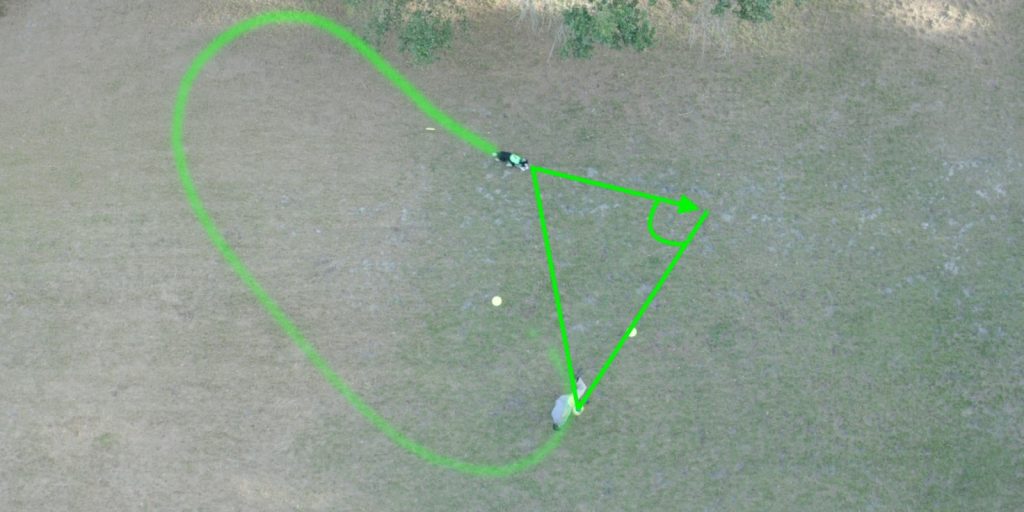
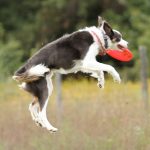
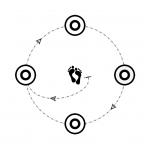
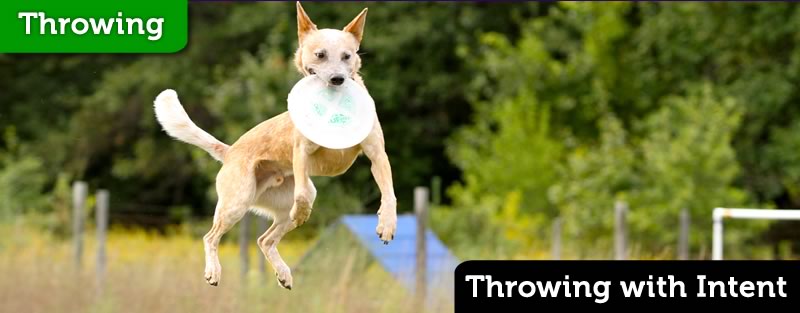
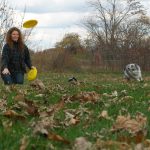
Responses